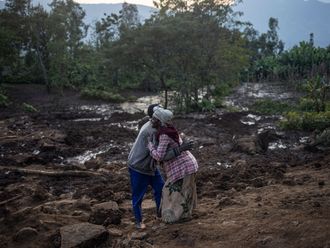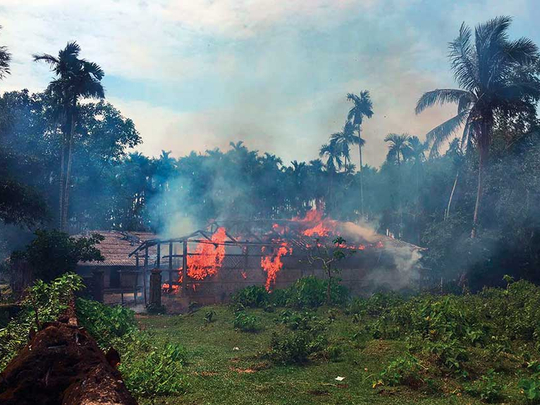
Bangkok: Journalists saw new fires burning yesterday in a Myanmar village that had been abandoned by Rohingya Muslims, and pages ripped from Islamic texts that were left on the ground.
That intensifies doubts about government claims that members of the persecuted minority have been destroying their own homes.
About two dozen journalists saw the fires in Gawdu Zara village in northern Rakhine state on a government-controlled trip.
About 164,000 Rohingya from the area have fled across the border into Bangladesh in less than two weeks since August 25, the UN refugee agency said on Thursday.
UAE condemns massacre of Rohingya in Myanmar
Persecuted Rohingya need our help now
Thousands more Rohingya flee to border as violence flares
Rohingya Muslims: An international plea for humanity
The military has said nearly 400 people, mostly Rohingya, have died in clashes and that troops were conducting “clearance operations.”
It blames insurgents for setting the villages on fire, without offering proof.
Rohingya who have fled Myanmar, however, have described large-scale violence perpetrated by Myanmar troops and Buddhist mobs — setting fire to their homes, spraying bullets indiscriminately, stabbing civilians and ordering them to abandon their homes or be killed.
Villages destroyed
On the Myanmar side of the border, reporters saw no Rohingya in any of the five destroyed villages they were allowed to tour Thursday, making it unlikely they could have been responsible for the new fires.
An ethnic Rakhine villager who emerged from the smoke said police and Rakhine Buddhists had set the fires.
The villager ran off before he could be asked anything else.
No police were seen in the village beyond those who were accompanying the journalists.
But about 10 Rakhine men with machetes were seen there. They looked nervous — the only one who spoke said he had just arrived and didn’t know how the fires started.
Among the buildings on fire was a madrasa, an Islamic school. Copies of books with texts from the Quran were torn up and thrown outside. A nearby mosque was not burnt.
Deserted village
Another village the journalists visited, Ah Lel Than Kyaw, was blackened, obliterated and deserted. Cattle and dogs wandered through the still-smouldering remains.
Local police officer Aung Kyaw Moe said 18 people were killed in the village when the violence began last month.
“From our side, there was one immigration officer dead, and we found 17 dead bodies from the enemy side,” he said.
He said the fires were set Aug. 25, though some continued to burn yesterday. Virtually all buildings in the village seen by journalists had been burnt, along with cars, motorbikes and bicycles that fleeing villagers left behind. A mosque was also damaged.
Confined to camps
Burning the homes of Rohingya can make it less likely they will return.
Tens of thousands of Rohingya were driven from their homes in another wave of violence in 2012.
Many are now confined to camps, while the land they once held is either vacant or occupied by Buddhist squatters.
Nay San Lwin, a Rohingya activist and blogger based in Europe with contacts in northern Rakhine, said that according to witnesses, the Myanmar military, border guard police and Rakhine villagers came to Ah Lel Than Kyaw and burnt the houses from Monday to Wednesday.
— Agencies



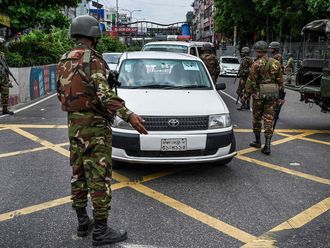
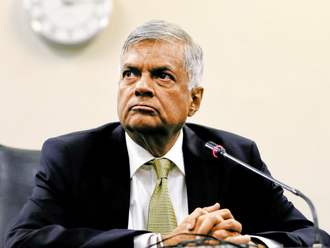

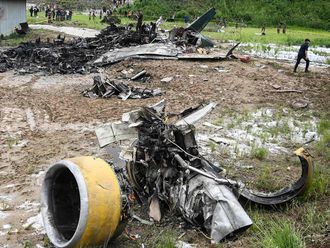


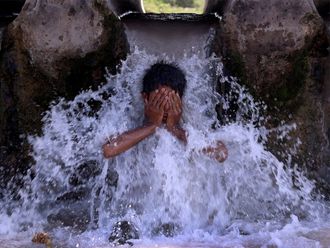

_resources1_16a30b3523c_small.jpg)
